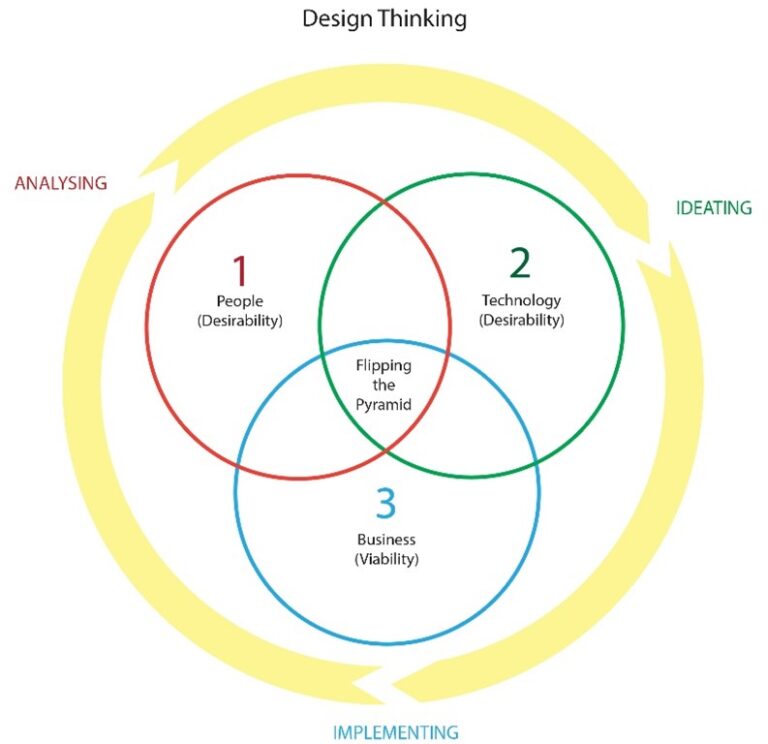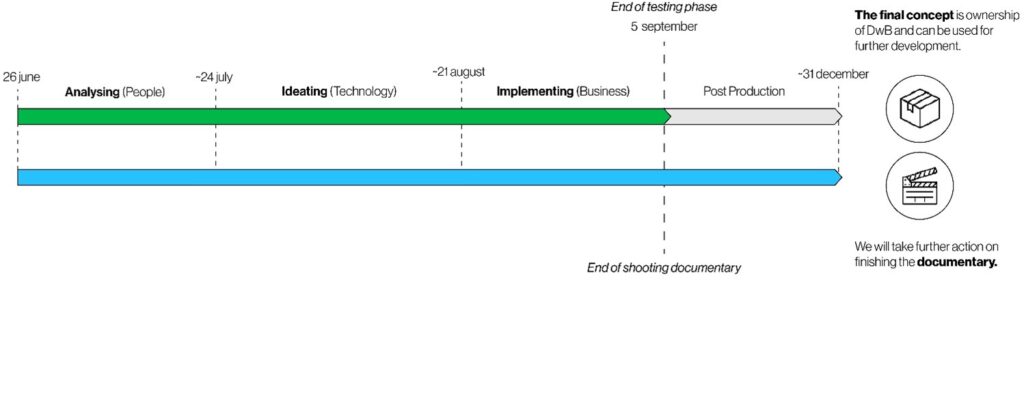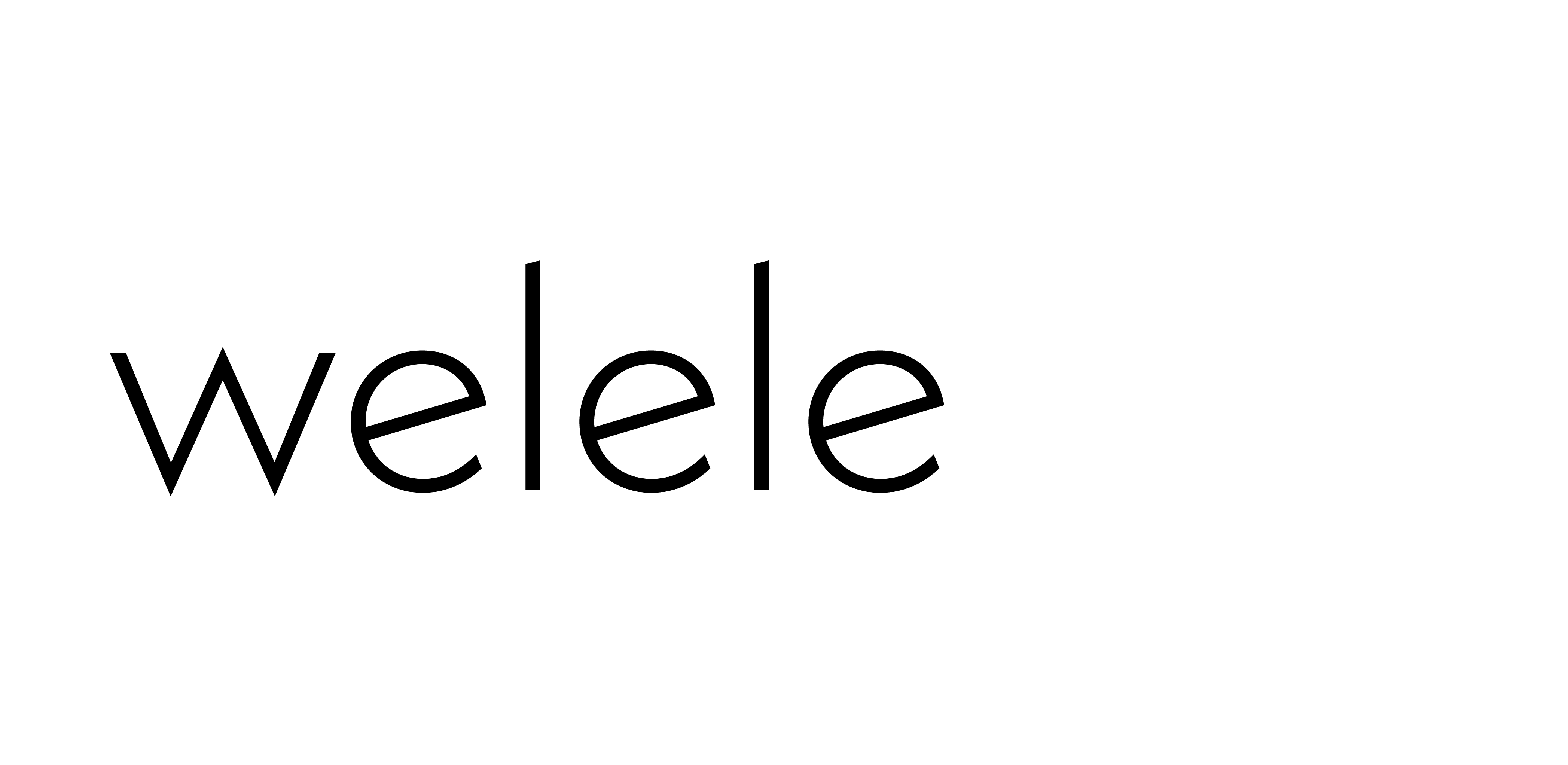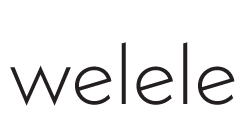FLIPPING THE PYRAMID
Problem mapping
The so-called ‘Base of the economic Pyramid (BoP)’, exists of 4 billion people that live on a income less than 3$ with limited access to products and services that solve critical life needs. There is little theoretical or practical guidelines for innovative product development for BoP markets. Remarkably, the practice of Human centered design for the BoP has not been integrated at all in the bachelor of Industrial Design Engineering at the TUDelft. However, it is important to understand how to address product development in BoP in order to attend the demands of the customers of which their welfare arises form innovative products and services. Tapping into these overlooked markets will require companies and designers to reconfigure their business and product innovation models. In contrast to designing products for established markets, product needs in BoP markets are also shaped by Affordability, Acceptability, Availability and Awareness.
Solution mapping
Communicating and educating these practices to designers and companies is important for the sake of promoting more innovation and product development in parts of the world where it is most needed. Therefore, we will be working with Design Without Borders, a non-profit design agency based in Kampla (Uganda) that consists of local designers. As junior designers, we will be working with DwB-designers on a specific internal design proposal (see project mapping). Meanwhile, we will be documenting the design iteration and conduct interviews to visually map the design methods used by DwB.
Ultimately, we will make a docuseries about design thinking in BoP divided in three parts (People, Technology and Business). The first part will consist of people (the desirability of the design) where we will be analyzing different needs of new-born children, mothers and other stakeholders. This will be done by cultural probes, design research, interviews and other specific design methods that are applicable for BoP.
The second part will cover the Technology part of the design iteration (the feasibility of the design) where we will be looking at human centered design brainstorming methods to generate ideas. Ultimately, we will analyse the prototyping methods by looking at the technologies and materials used locally to come up with a viable design.
The third and final part will cover the Business aspect of design thinking (the viability of the design) where we will not only test our products with our users and get feedback for further iterations, but also look at the different approaches of commercialization for a product in a BoP-market.

Project mapping
The internal design project DwB proposed is the following: Design of support infrastructure – (could be in the form of healthcare furniture) that tackles treatment and care challenges faced within high population neonatal special care units.
The following picture captured back in 2019 shows new-born babies sleeping in plastic chairs and on mattrasses on the floor due to a high number of deliveries at Kawempe National Hospital where 80-100 babies are born daily. This extreme case shows a lack of heath product innovations for new-born babies in hospitals.

Different needs have already been identified; those more specific ideas are being explained in appendix A. The goal of our 10 weeks in Kamala is to work full time on fostering product innovation through design and scaling the adoption of homegrown solutions that leverage the creative disciplines of Industrial and Product design with relevant emerging technologies. Through structured iterative design processes, we aim to offer alternative and more efficient solutions that address context specific needs, increase affordability and enable overall expanded access to quality health care within communities. This project will be further continued by DwB to help and commercialize our solution.
Timeline

Appendix A: Identified needs
- Modified hospital baby cot – Due to the spatial constraints, majority of health centres that typically have a limited number of baby cots available then resort to use of plastic chairs often the same chair the mother was using before her delivery, or will put a mattress on the floor where the numerous babies are then placed.
- Transportation furniture – when moving sick children(too sick to use wheelchairs) within the hospital e.g from the new-born unit to the xray area. Currently most facilities will use stretchers that are intended for adults, but sick children have specific needs that this does not address.
- Kangaroo chair – when a mother with a preterm baby uses the kangaroo method to facilitate growth and development by placing the baby skin to skin while sitted in a chair or bed. Currently where they sit are not ergonomically designed to provide comfort while in this position. This chair would also need to be easy to put away, and easy to maintain good hygiene. A mother must perform the kangaroo for a minimum of 8hours a day in 2hours per session, and currently does so while sitting on a stool. This method is used while a mother visits her child in the Neonatal Intensive Care Unit(NICU), and continues to do so when the child is moved to a nursery as well as for a period of up to 2 months while at home upon discharge. There is a need to accommodate oxygen therapy while the child is placed in this position when still in the NICU. Mothers who have had preeclampsia should also be able to raise their legs.
- Low cost child friendly hospital bed – This bed would be specifically designed for children and should have the ability to recline and provide ease for health workers to administer treatment and care.

